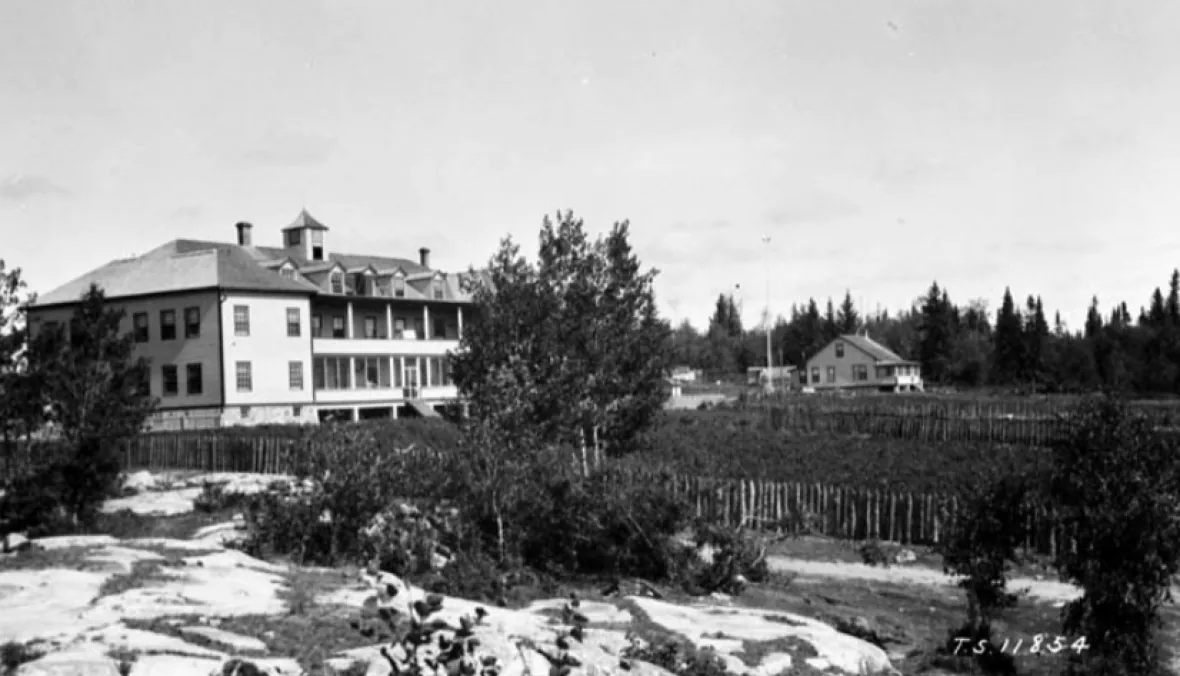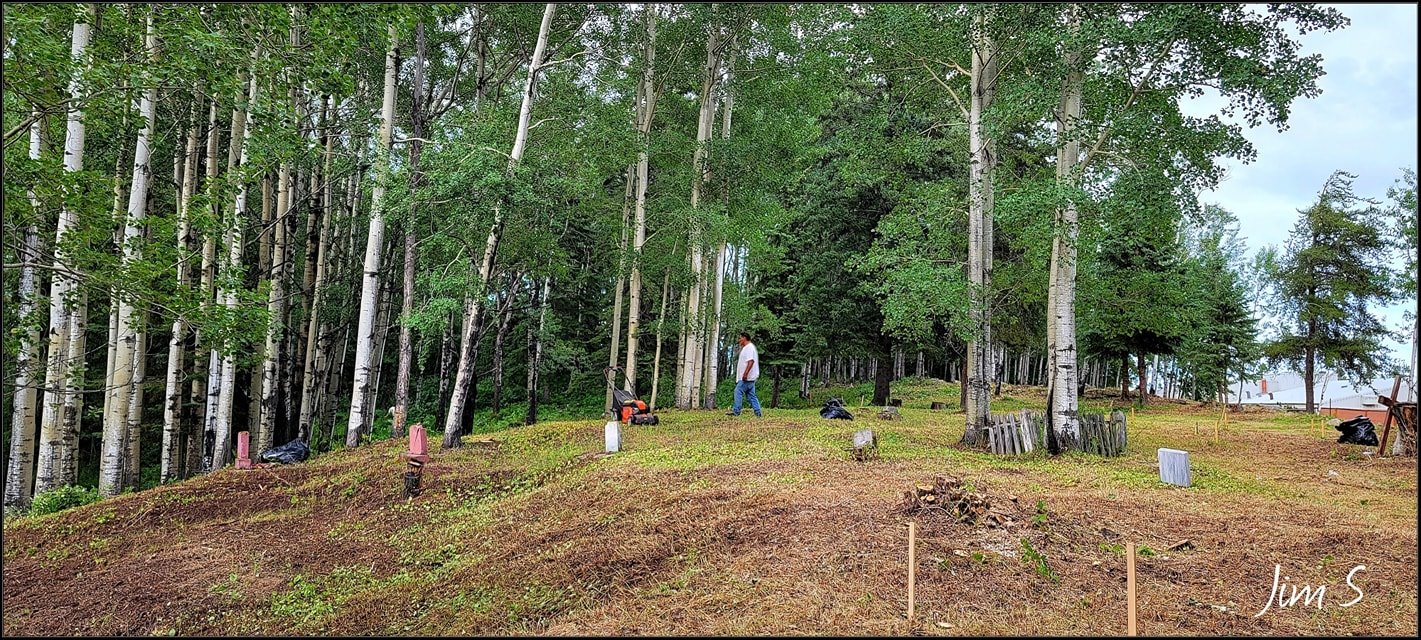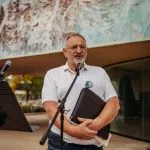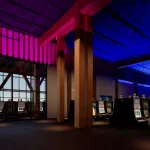
‘It’s not going to be easy’: La Ronge residential school cemetery search set to commence
Lac La Ronge Indian Band (LLRIB) Chief Tammy Cook-Searson is asking for prayers and strength as a historic residential school cemetery is about to be searched using ground penetration radar technology.
The cemetery is located downtown La Ronge across from the town’s beach and dates back to at least the early 1900s. It’s adjacent to the band’s urban reserve, the site of two former residential schools that operated for decades.
 This is the second residential school built on the site now located in downtown La Ronge. (Library and Archives Canada (PA- 020295))
This is the second residential school built on the site now located in downtown La Ronge. (Library and Archives Canada (PA- 020295))The first Lac La Ronge All Saints Indian Residential School, which was operated by the Anglican Church of Canada, opened in 1907 but later burned down in 1920. A replacement school was built afterwards and it too was destroyed by fire in 1947. The space was later occupied by a hospital, before it became an urban reserve.



